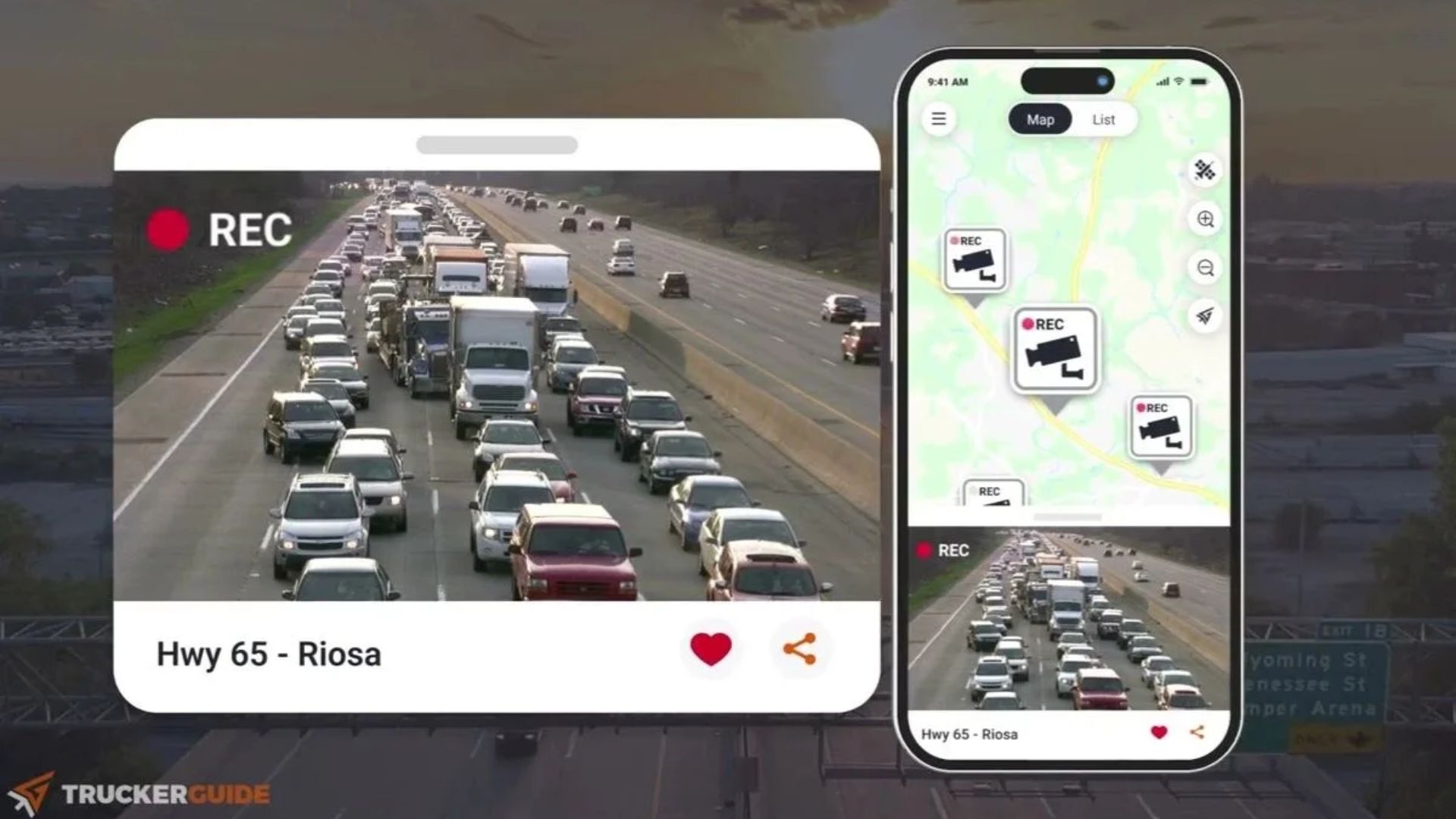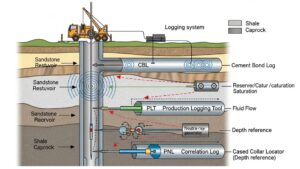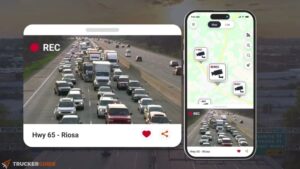Most drivers today rely heavily on apps to guide them wherever they need to go. We open a GPS, check the estimated arrival time, skim the weather forecast, and assume that’s enough to understand the road ahead. But the truth is clear: most digital tools cannot show what’s happening on the road surface itself.
A navigation app might show green lines and no delays, but the pavement could be coated in ice. The weather forecast may report light snow, even though visibility on the ground has already dropped to almost nothing. Drivers end up heading into situations they didn’t expect — slowdowns, risky stops, or long detours — and the reason is simple: apps show predictions, not real conditions.
There is one tool that closes this gap almost perfectly: state-operated live road cameras, including widely used systems such as West Virginia traffic cameras and the extensive network of Iowa highway cameras.
These cameras are free, easy to access, and updated constantly. Most importantly, they show the most valuable thing a driver can have: real-time truth.
Why Road Feeds Matter More Than Most Drivers Realize
GPS apps and weather services rely on models, sensors, crowdsourced reports, and algorithms. They’re helpful, but they don’t provide the raw, unfiltered view that road cameras do. Public road feeds are installed by state transportation departments to monitor safety and road conditions, which means drivers get:
- Live visuals, not guesses
- Real pavement conditions, not icons
- Instant views of visibility
- Accurate awareness of snow, fog, and rain
- Clear insights on plowing progress
- Real-time snapshots of traffic and rest areas
For example, before driving across mountain regions, many travelers check West Virginia traffic cameras to see whether fog, snow, or steep curves are affecting visibility. In the Midwest, thousands of winter travelers use Iowa highway cameras to check if blowing snow is sticking to the road or if certain stretches remain clear. These cameras often reveal issues long before weather apps update.
This kind of clarity lets you adjust your timing, change your route, or delay your departure — all based on truth, not estimates.
What Live Cameras Reveal That Apps Can’t
When you open a public road feed, you see details no app can replicate. Just one glance can reveal:
1. Snow and Ice Buildup
Is the highway shiny with ice, coated with slush, or plowed clean? Cameras show traction conditions immediately.
2. Real Visibility
Fog banks, blowing snow, heavy rain, misty mountain passes — cameras reveal exactly what your windshield will face.
3. Traffic Flow and Slowdowns
Instead of guessing why traffic is slow, you see brake lights, backups, and road blockages in real time.
4. Construction and Lane Changes
Apps often delay construction updates, but cameras show workers, cones, machinery, and lane closures live.
5. Weather Shifts
Some roads change dramatically mile by mile. Cameras help you spot:
- Wind-blown snow
- Flooded shoulders
- Unplowed ramps
- Debris from storms
6. Rest Area Conditions
Drivers with long routes often check if lots are full, plowed, or accessible — something visible instantly through Iowa highway cameras and other state systems.
7. Nighttime Conditions
Cameras reveal how well-lit a rural route or interchange is, which is helpful for anyone driving after dark.
These visual cues make trips safer and more predictable — especially in winter or during long-distance travel.
Why Road Feeds Are Often Overlooked
Even though these cameras offer tremendous value, many drivers don’t use them. Common misconceptions include:
- They think the feeds require an app.
- They assume the cameras aren’t public.
- They believe GPS apps already show everything.
- They don’t realize states like West Virginia and Iowa have some of the best coverage in the country.
In reality, the feeds are free, public, and accessible with a single browser search.
How to Start Using Public Road Cameras
Using these feeds doesn’t require any special setup. Here’s a simple routine:
Step 1: Search for Your State’s Cameras
Use a search phrase like:
“West Virginia traffic cameras”
or
“Iowa highway cameras”
or simply
“[state] DOT traffic cameras.”
Step 2: Open the Camera Map
Most states provide an interactive map with clickable camera icons.
Step 3: Bookmark Key Routes
If you drive the same highways often, save the most important camera links.
Step 4: Check Before Starting the Car
The best time to check is before you’re on the road, not after you’re stuck in a delay.
This simple habit can eliminate surprises and reduce risky decisions.
When Live Cameras Provide the Most Value
You don’t need to check road feeds for every short drive, but certain situations make them especially useful.
Before Long Road Trips
Whether driving across a state or multiple states, checking cameras along the route gives you a realistic preview.
During Snowstorms or Heavy Rain
Apps can’t show actual pavement conditions — cameras can.
Mountain Driving
Systems like West Virginia traffic cameras show how elevation affects visibility, fog, and snow.
Night Driving
Knowing lighting conditions can boost safety and confidence.
Choosing Between Two Routes
A quick look reveals which roads are clearer, plowed, or less crowded.
Holiday Travel
Peak travel days often create unexpected backups. Cameras show which areas are already congested.
Planning Rest Stops
Truckers, RV drivers, and long-distance travelers rely on cameras — especially Iowa highway cameras — to check parking availability and safety at rest areas.
Even occasional checks make a big difference.
States With the Strongest Camera Networks
While nearly every state uses road cameras, some have especially robust systems worth exploring.
Iowa
The Iowa highway cameras network is one of the best in the United States, covering rural roads, major routes, and winter-heavy regions.
West Virginia
The West Virginia traffic cameras system is extremely useful for steep grades, mountain passes, and fog-prone highways.
Colorado
Great for monitoring mountain weather, ski routes, and rapid temperature shifts.
Washington
Helpful for coastal fog, ferry terminals, and Cascades mountain travel.
Texas
Valuable for monitoring storms, flooding, and long stretches of rural highway.
States like Minnesota, Utah, Nevada, Ohio, and Kentucky also provide excellent coverage.
Why This Simple Habit Has a Big Payoff
In a digital world full of predictions and estimates, road cameras offer something more powerful: reality. They give drivers a level of awareness that apps simply can’t match. By using tools like West Virginia traffic cameras or Iowa highway cameras, travelers gain a clearer understanding of what lies ahead — and that clarity translates into safer, smarter trips.
Checking live feeds before driving allows you to:
- Avoid dangerous conditions
- Reduce unexpected delays
- Choose safer routes
- Plan better rest stops
- Handle weather changes confidently
- Travel with less stress
For winter drivers, commuters, truckers, or anyone traveling long distances, this small step can transform the entire drive.
Final Thought: See the Road for Yourself
Next time you’re preparing for a drive — across town or across several states — take a moment to check a few cameras. Whether you look at West Virginia traffic cameras, Iowa highway cameras, or your own state’s DOT feed, the payoff is immediate.
In just a few seconds, you gain real insight into the road ahead and start your journey with confidence, awareness, and control.








